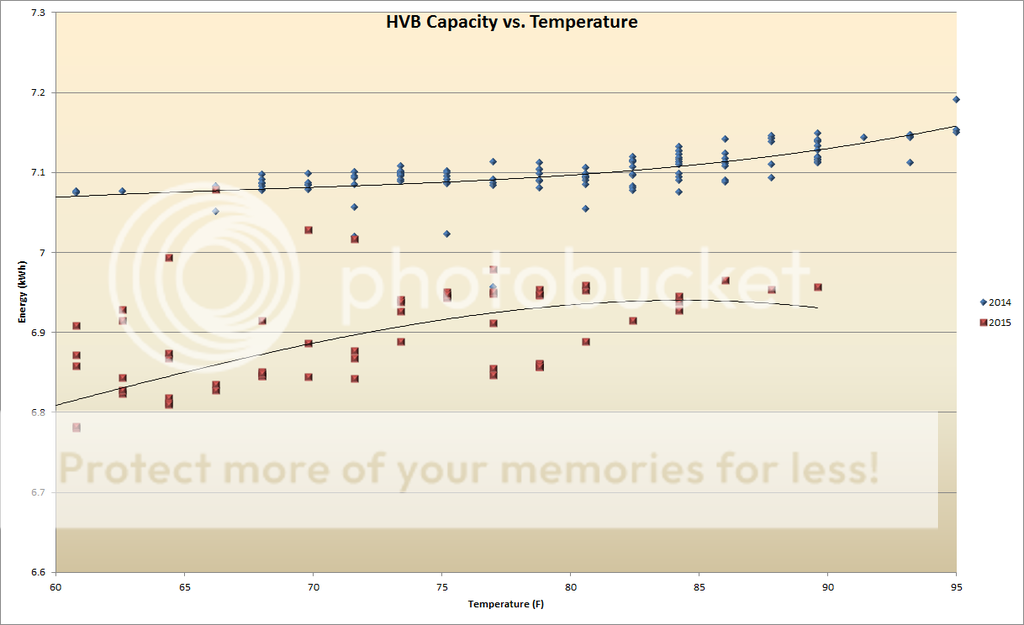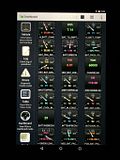Right, I understand and agree. When the battery fades, it basically becomes a smaller battery but with all the same characteristics of the original full-sized battery. That's why I'm puzzled about seeing regen immediately. I would have expected it to act as your friend described, except for his reference to 98% SOC. Obviously the battery is never allowed to reach that SOC, in my experience never above 90%. He may have been referring to the dashboard displayed battery percentage.
In my case, it did regen, even with the dashboard display at 100%.
In any case, this is a minor point. I'm pretty sure I'm seeing around 17kWh useful, compared to approximately 19.5 kWh useful which other are reporting for newer cars. So this represents a 12% capacity loss at 40K miles, 22 months, pretty much what I would expect. If this pace continues, I will still have better than 80% when I return the car at 36 months/59K miles. In a Leaf, this would represent the loss of just one battery bar (first bar lost at -15%, second at -21%)


